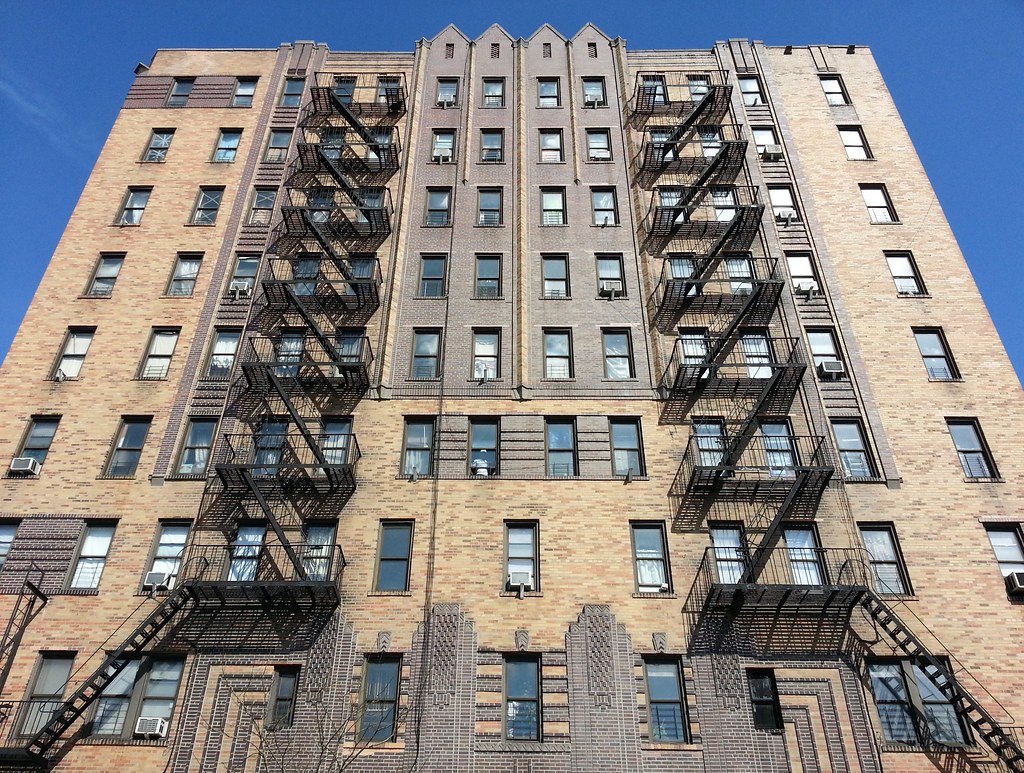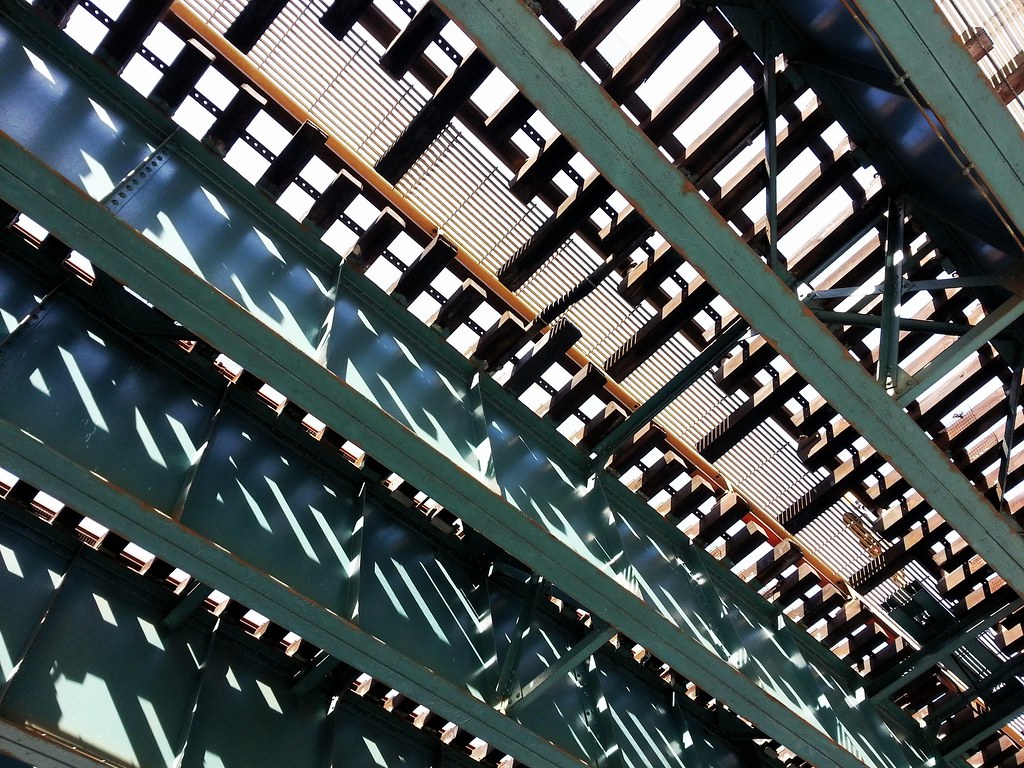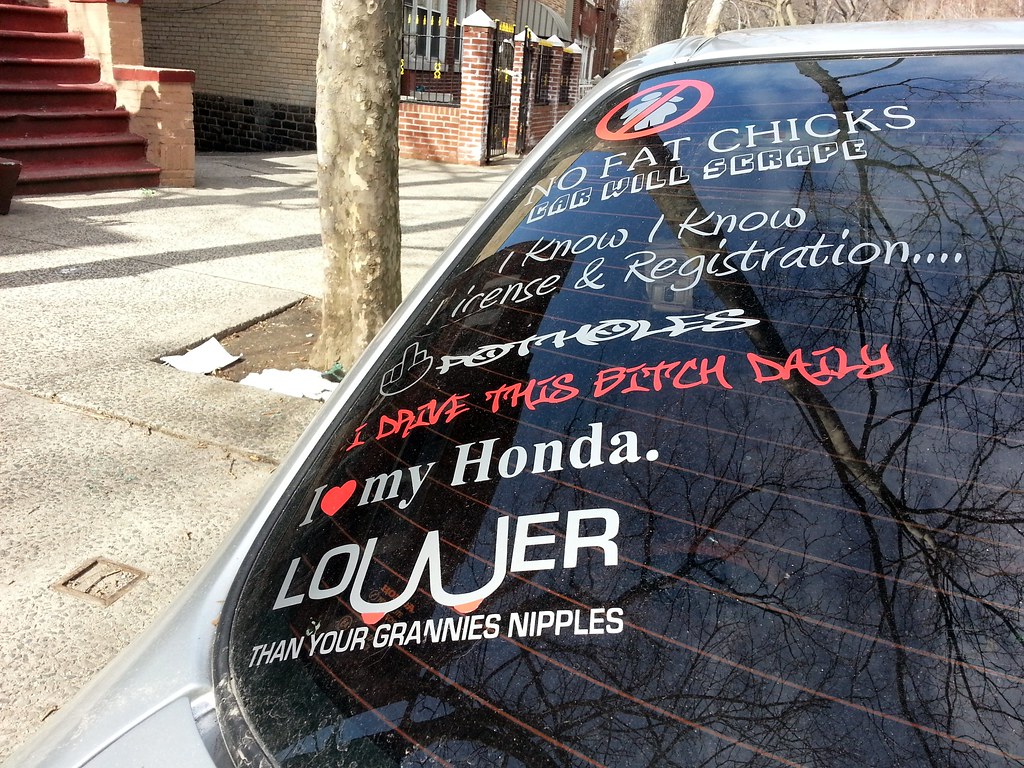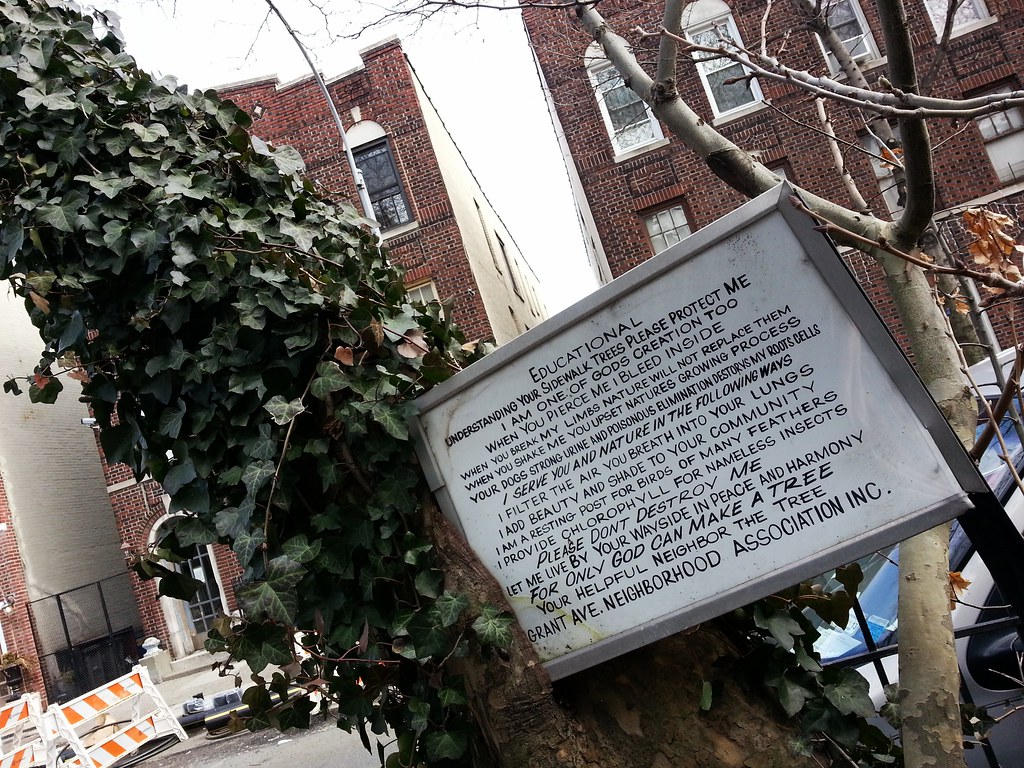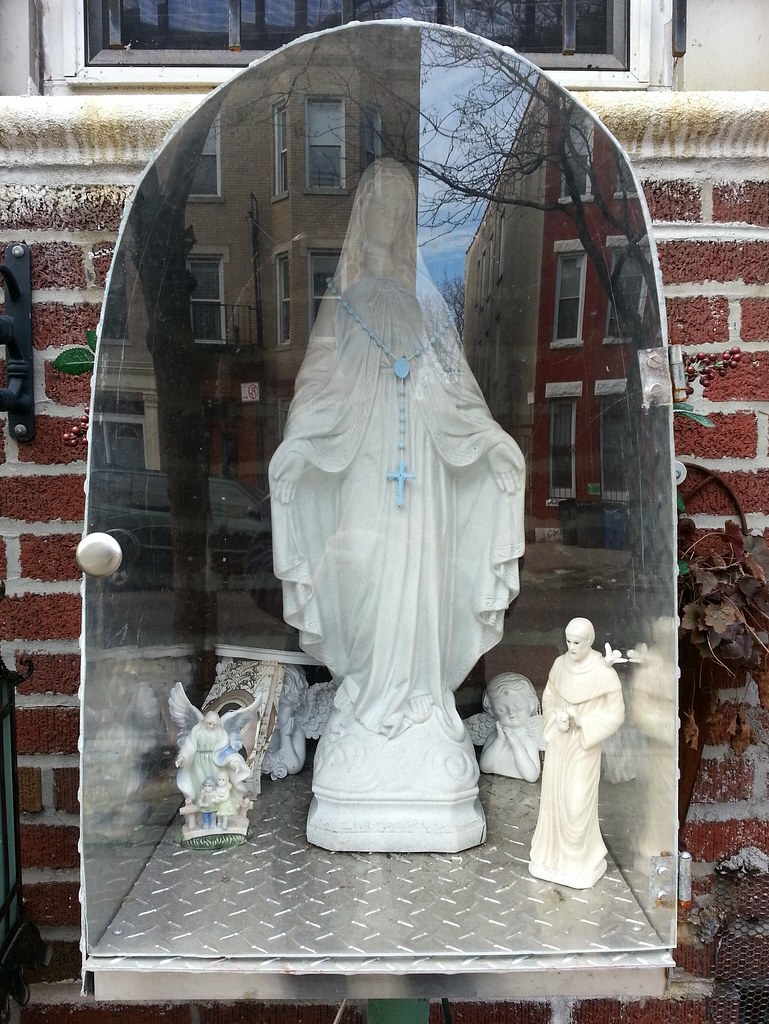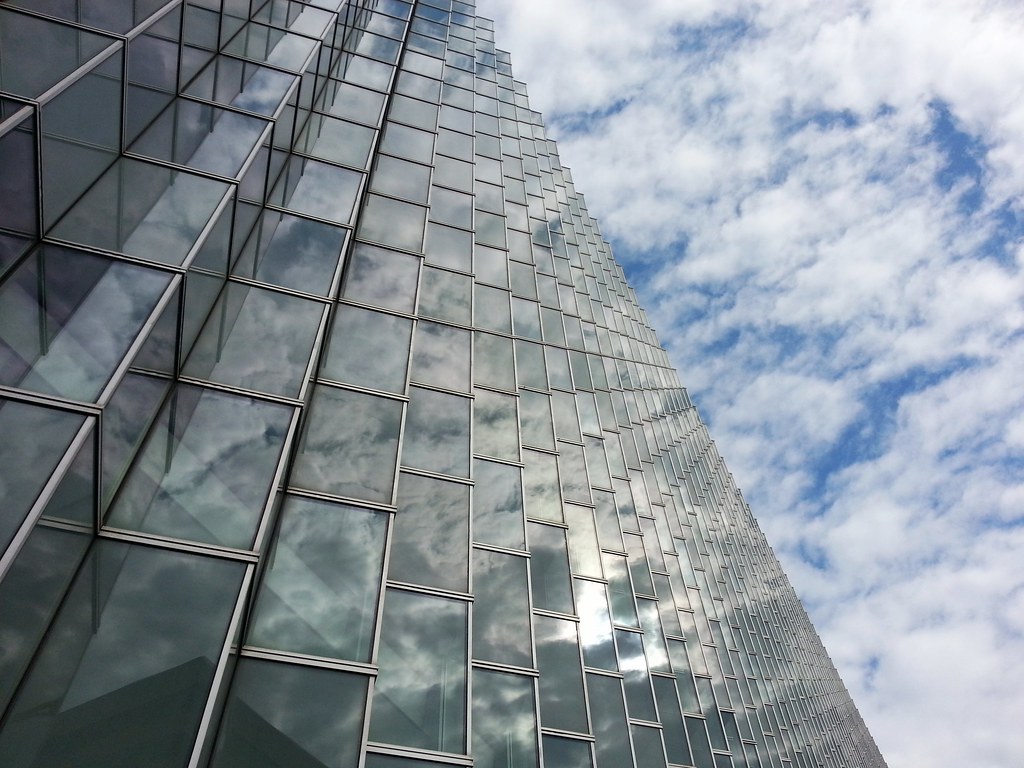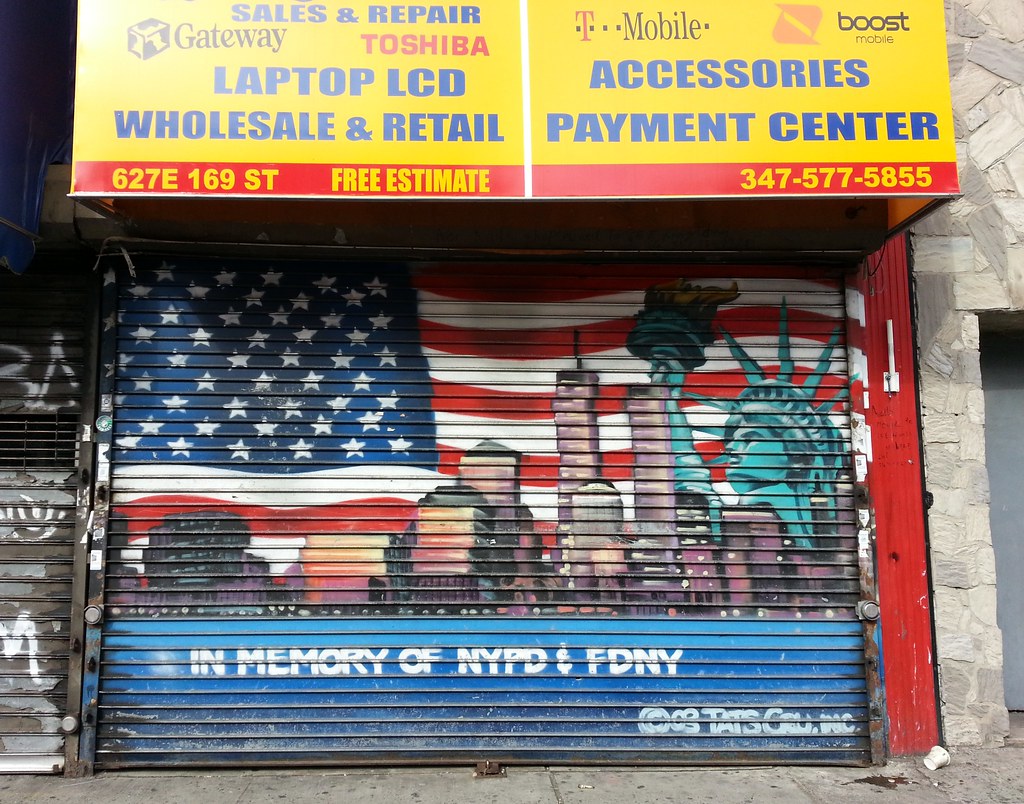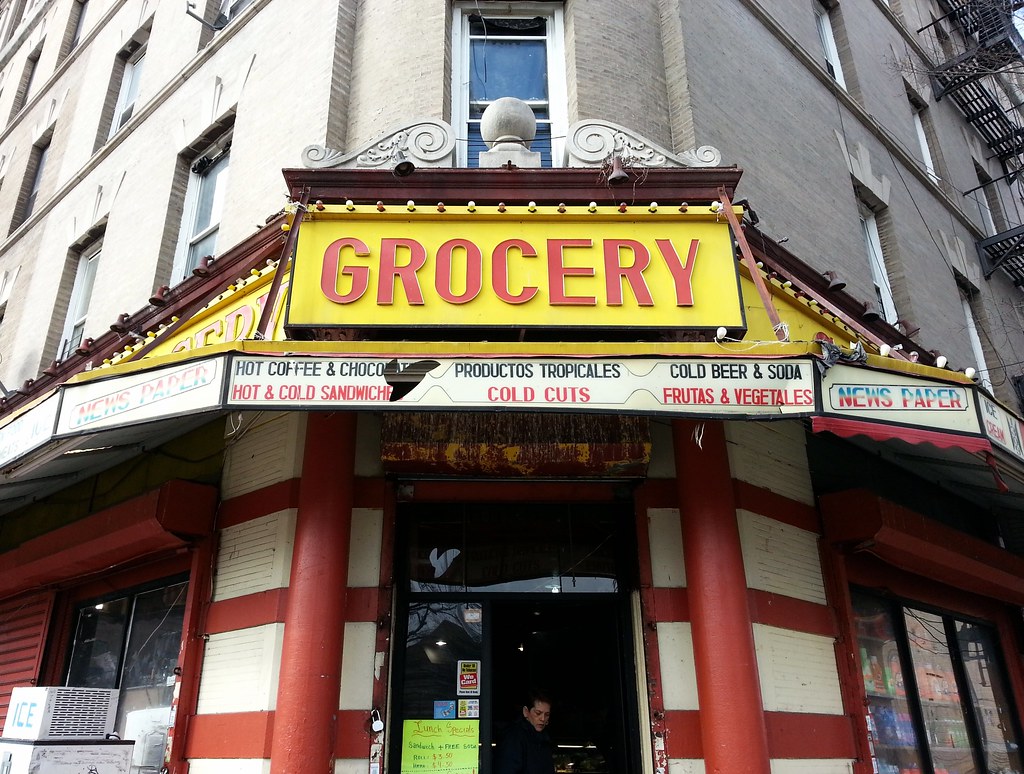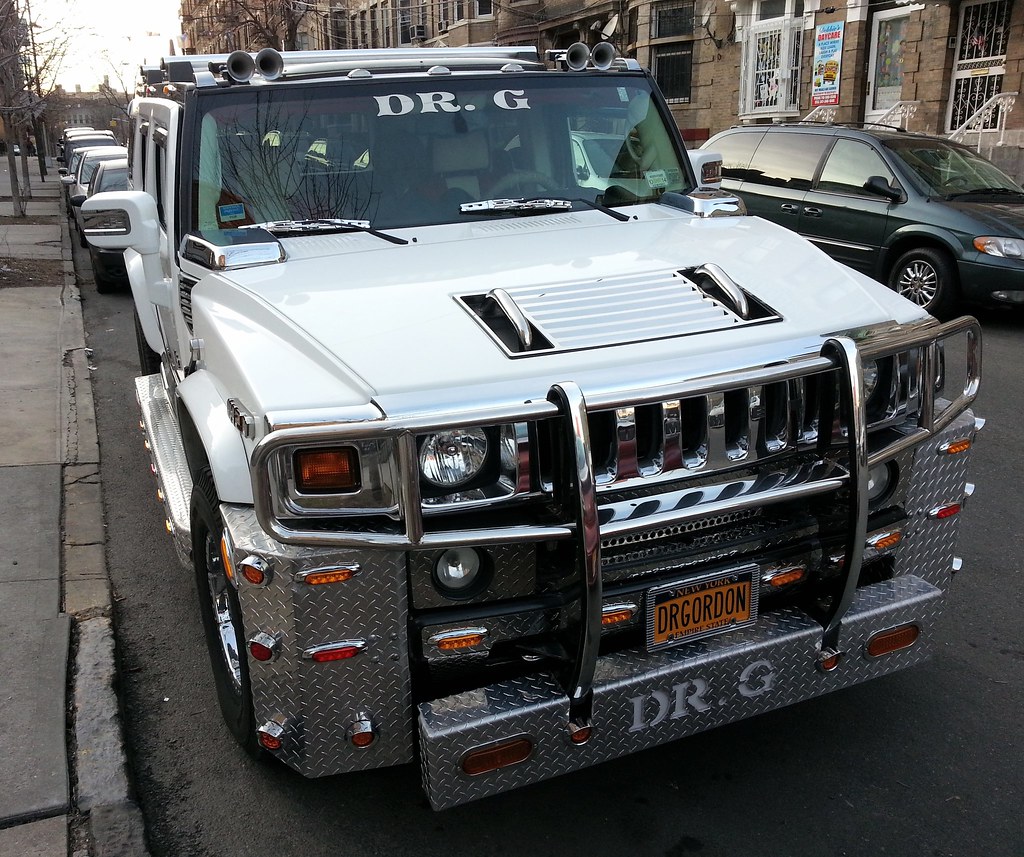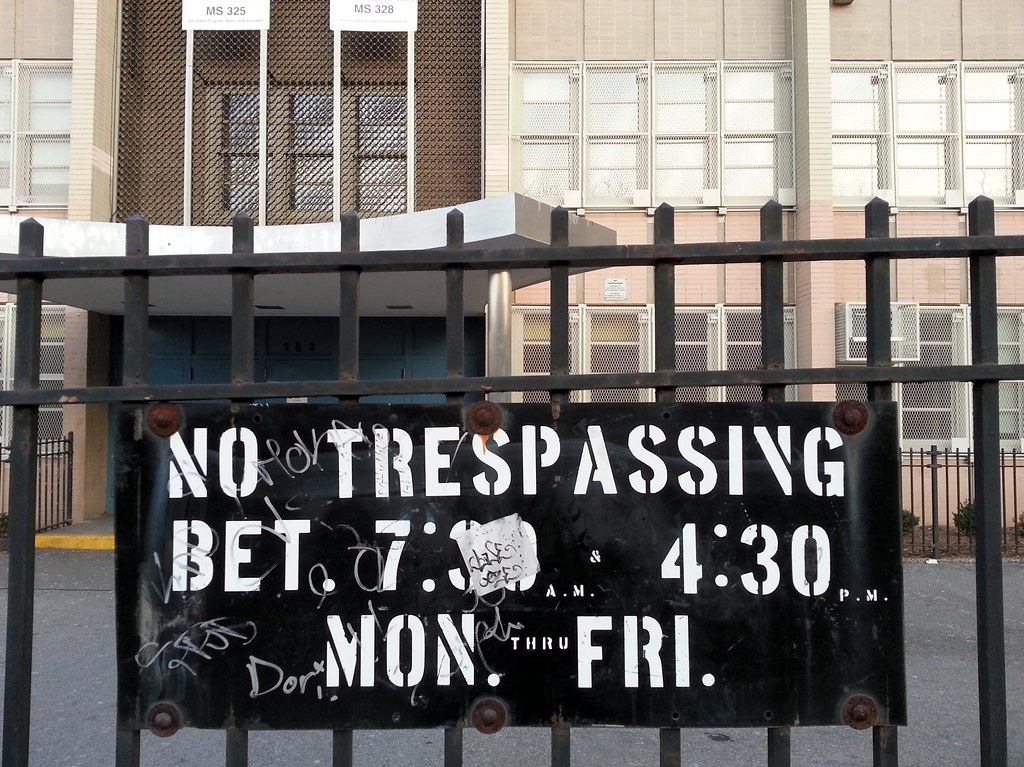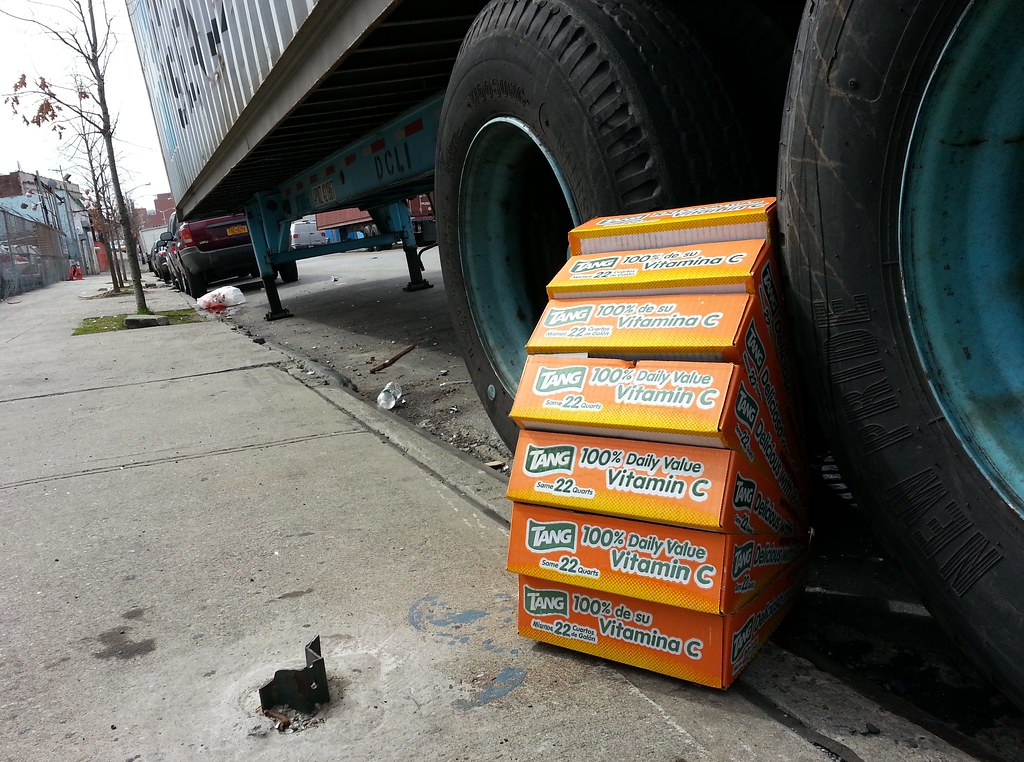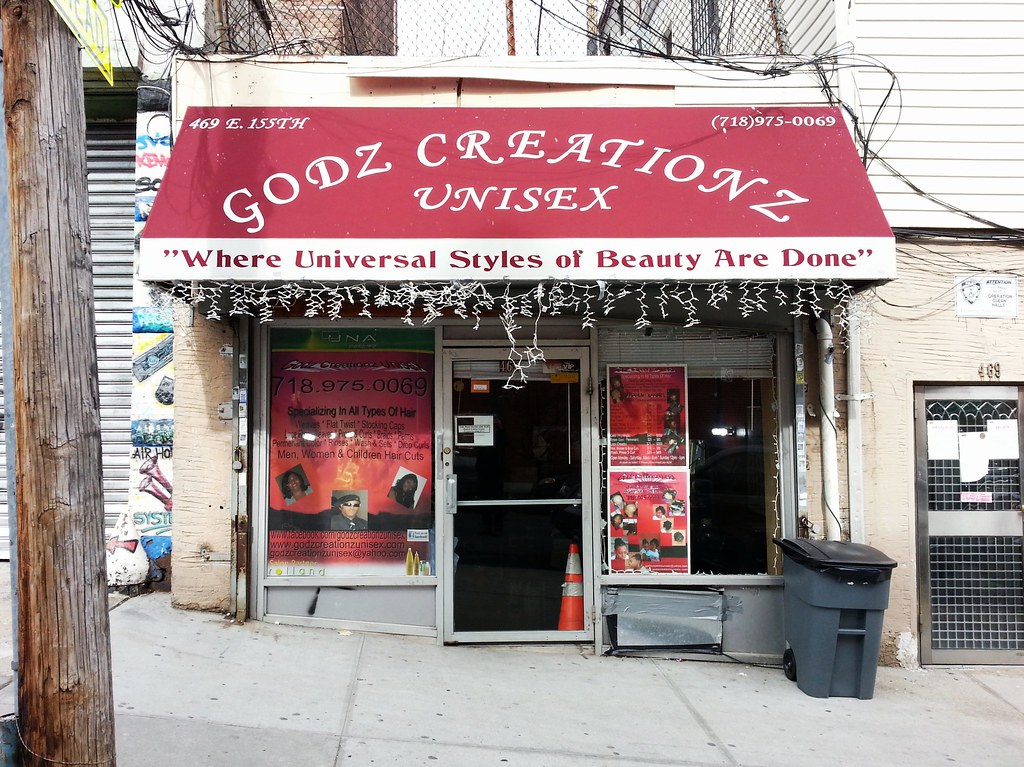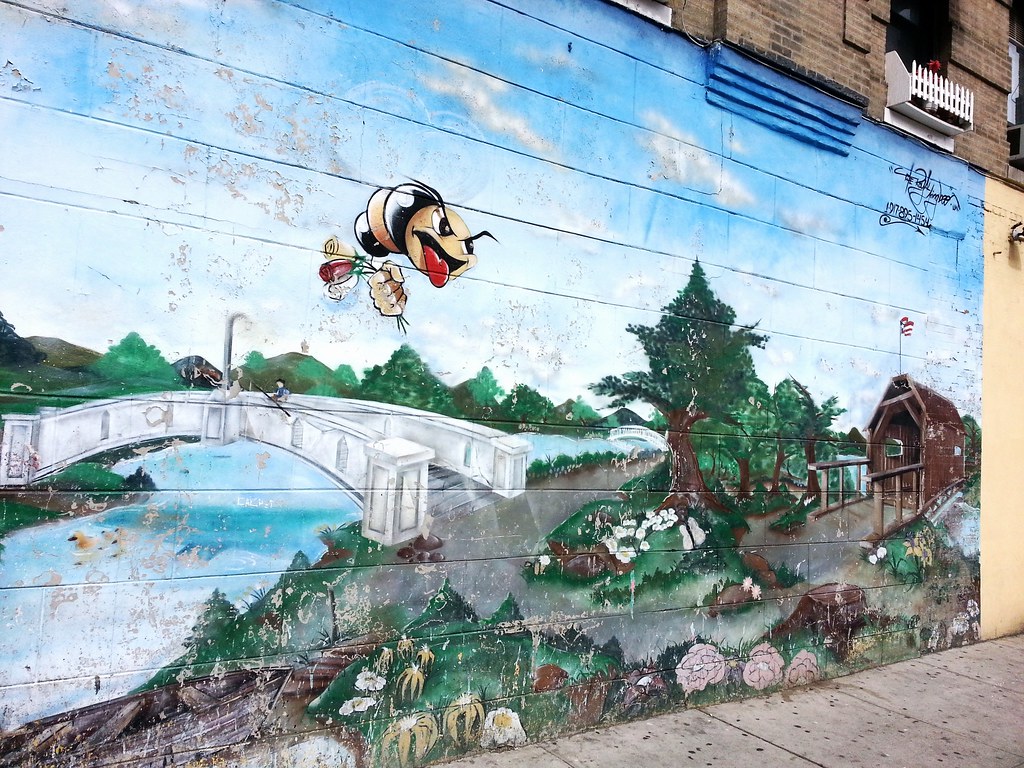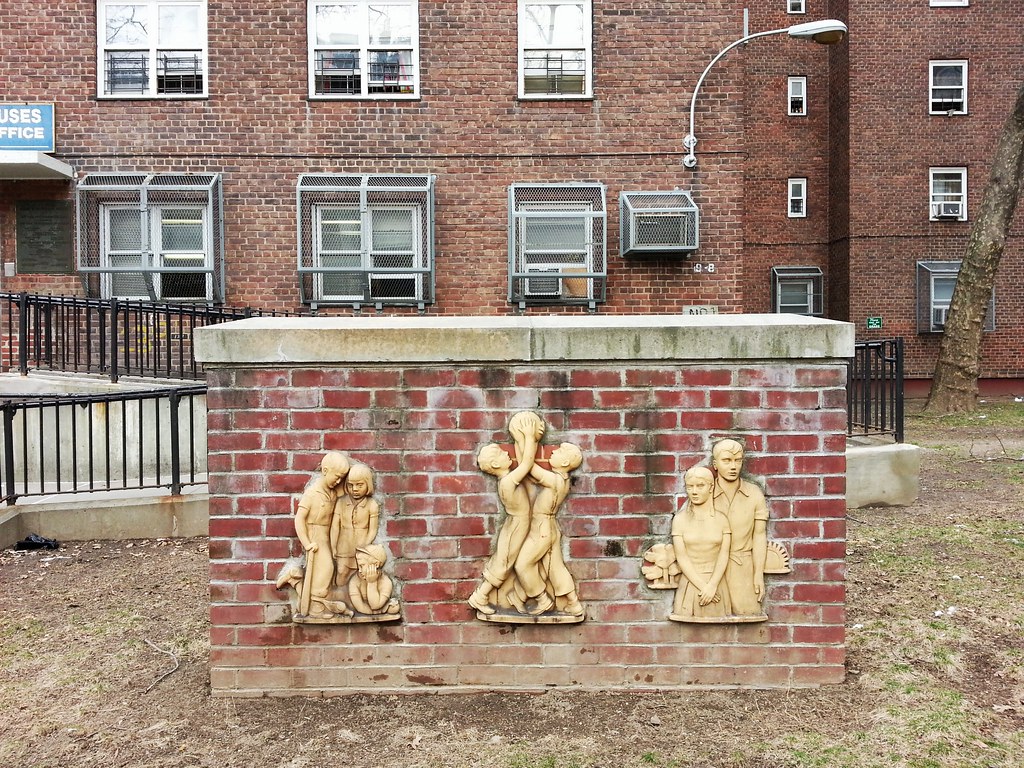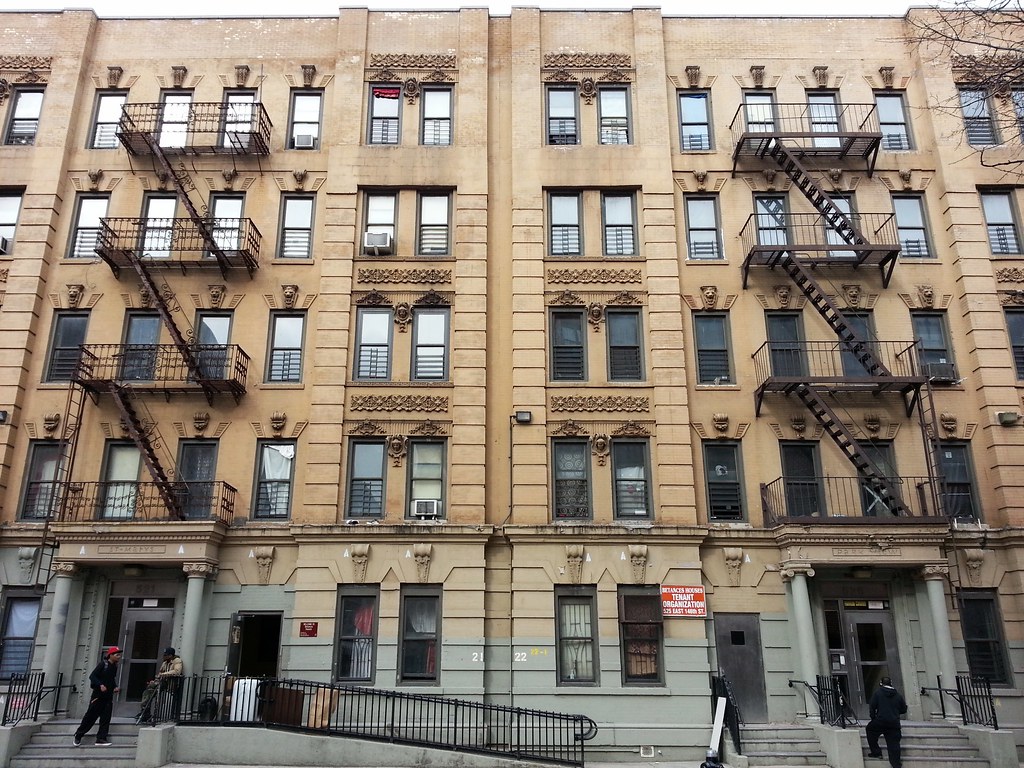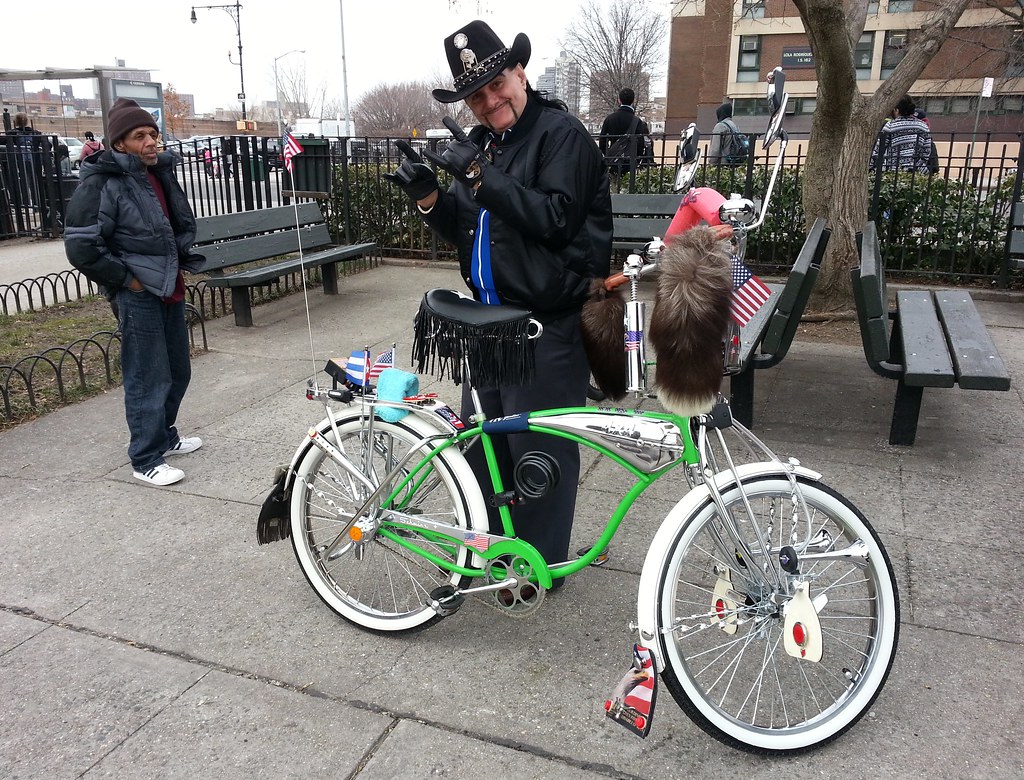
You can see the rest of this lighthearted mural here and here.

This expansive 7,000-square-foot painting (the second NASA-sponsored Martian mural we've seen) covers multiple walls of the Bronx's PS 64. It was created for the Mars Millennium Project back in 2000 by students trying to imagine what life might be like on the Red Planet.
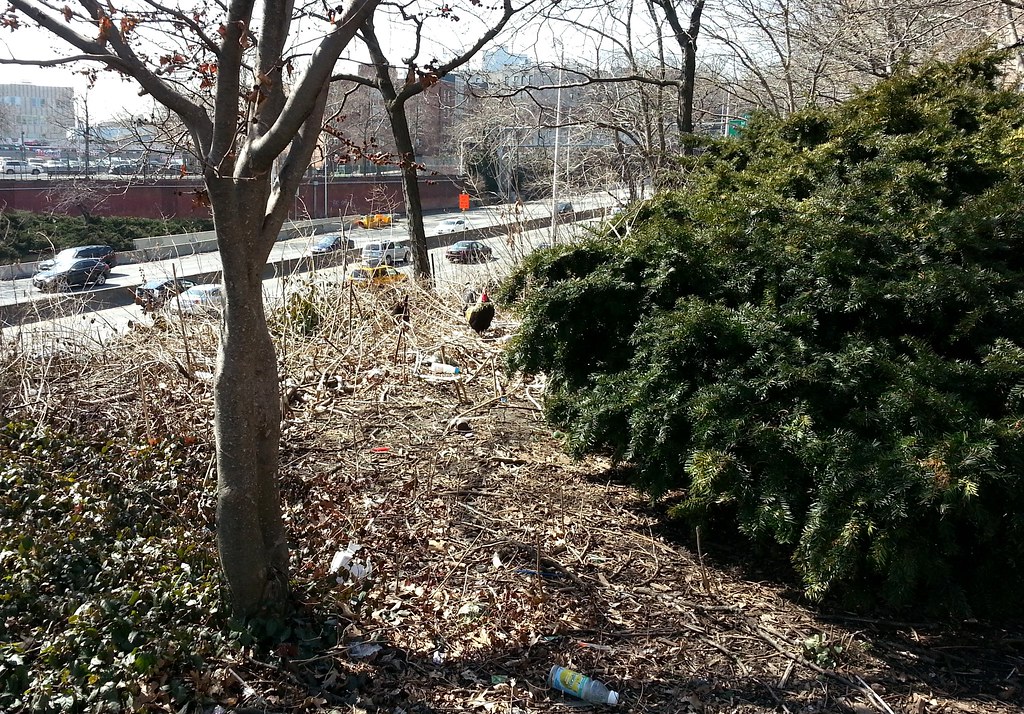
Here's a closer look.
His estate has mostly died down for the winter, but he's still hanging in there. His female companion was huffing up the hill right behind him as I snapped this shot.
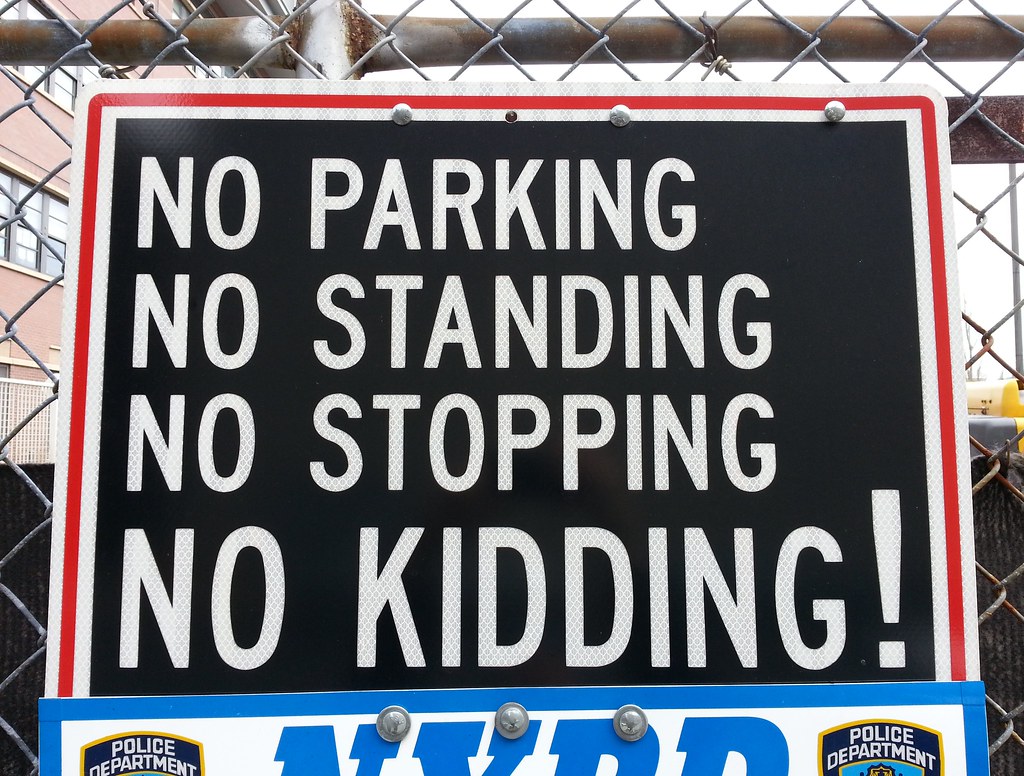
This brash list of NOs and its saucy sibling read like they were bought at a novelty store, but they're official city DOT signs. "Trenchant, unvarnished, and a little intemperate", they date back to the days of, and sound like they came from the mouth of, Ed Koch (may he rest in peace in his ridiculous cemetery plot). They're the brainchildren of none other than Gridlock Sam*, who served as traffic commissioner under Mayor Koch.
* Mr. Schwartz supposedly also writes columns under the name "Gridlock Shmuel" for the Yiddish News Report. I can't find any direct evidence of this, but I'd love to believe it's true.
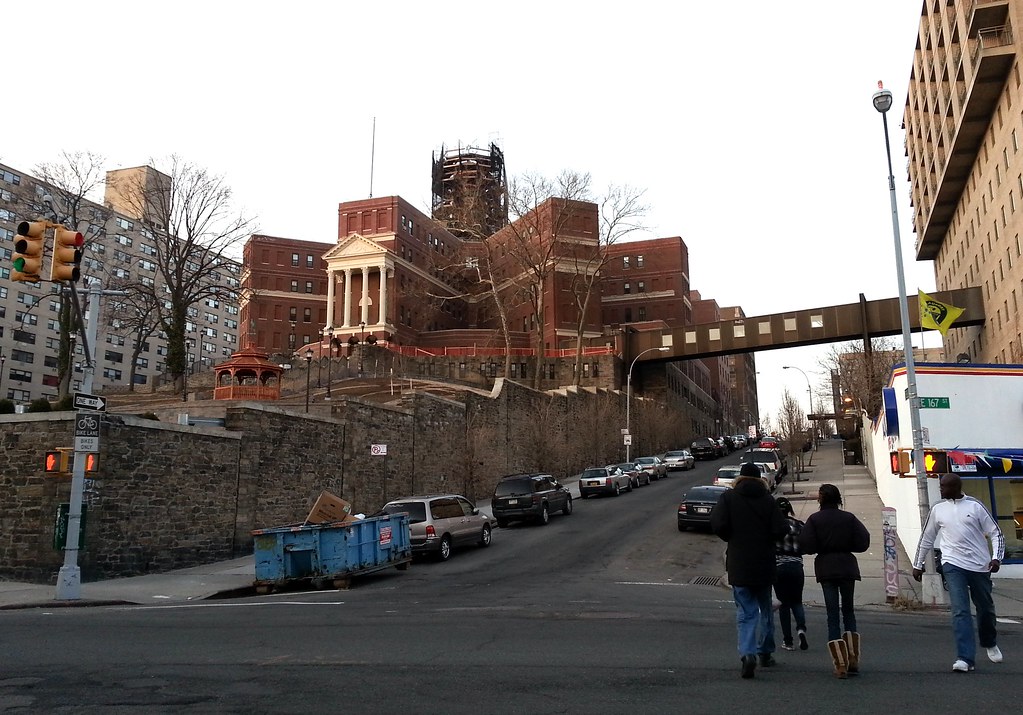
Scaffolding now adorns the domed tower of the Daughters of Jaco(b) nursing home. Here's a great shot of the building from sometime around the 1930s.
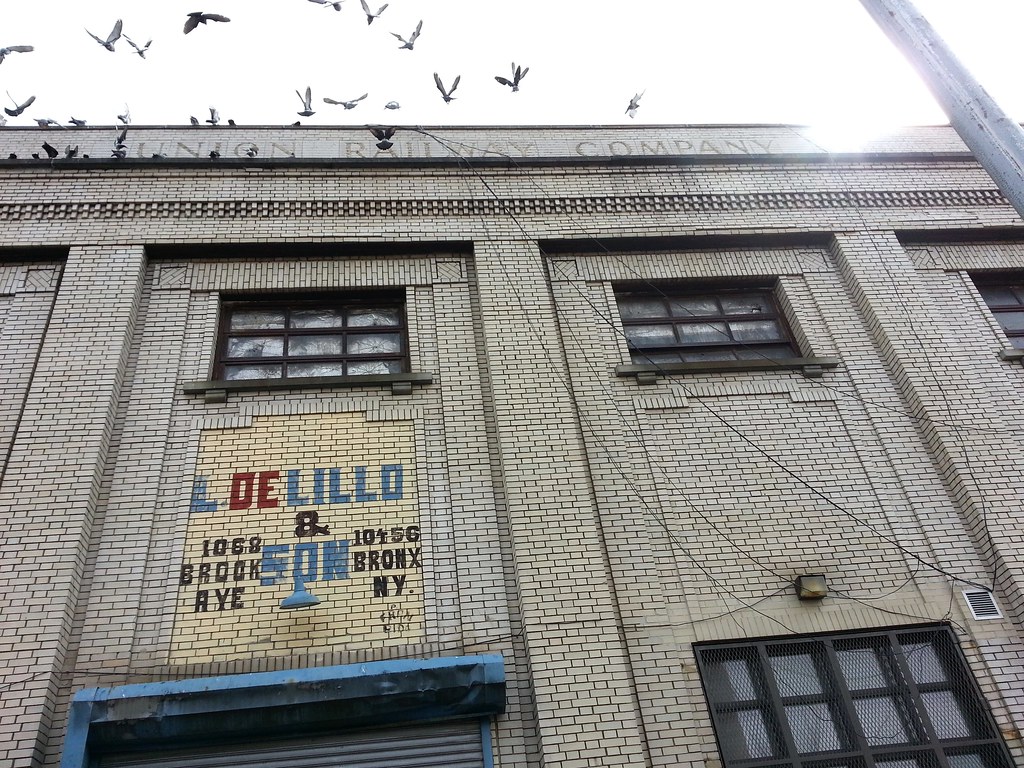
This former Union Railway substation once supplied power, I would assume, to the company's nearby streetcar line on Webster Avenue. Union Railway was formed in 1892 to electrify the rail lines of the old Huckleberry Road and replace its horse-drawn cars with trolleys.
How did the Huckleberry Road get its moniker? From Harry T. Cook's The Borough of the Bronx:
One of the curiosities of Morrisania was the "Huckleberry Road" with its bob-tail cars. Old residents never tire of relating some of the peculiar experiences they went thru when this ancient horse-car line was in operation. It is said that whenever the driver hit up the horses to urge them on to greater speed, the car would jump the track; whereupon the conductor would request the gentlemen to alight and help lift the car back upon the tracks. The stoppages were so frequent that the passengers found ample time to pick huckleberries along the road."Hitching" on trolleys was apparently a favorite pastime for many Bronx youths, who would catch free rides by hanging on to the outside of the cars as they made their way down the street. One erstwhile hitcher recalls:
Anxious fingers of unaware hitchers were often smashed by a conductor when the trolley was stopped at a red light. He'd wend his way through a carload of passengers sneaking toward the back to attack unsuspecting hitchers with a wooden club cracking as many fingers and knuckles as possible while condemning the violators to a life in Hell.
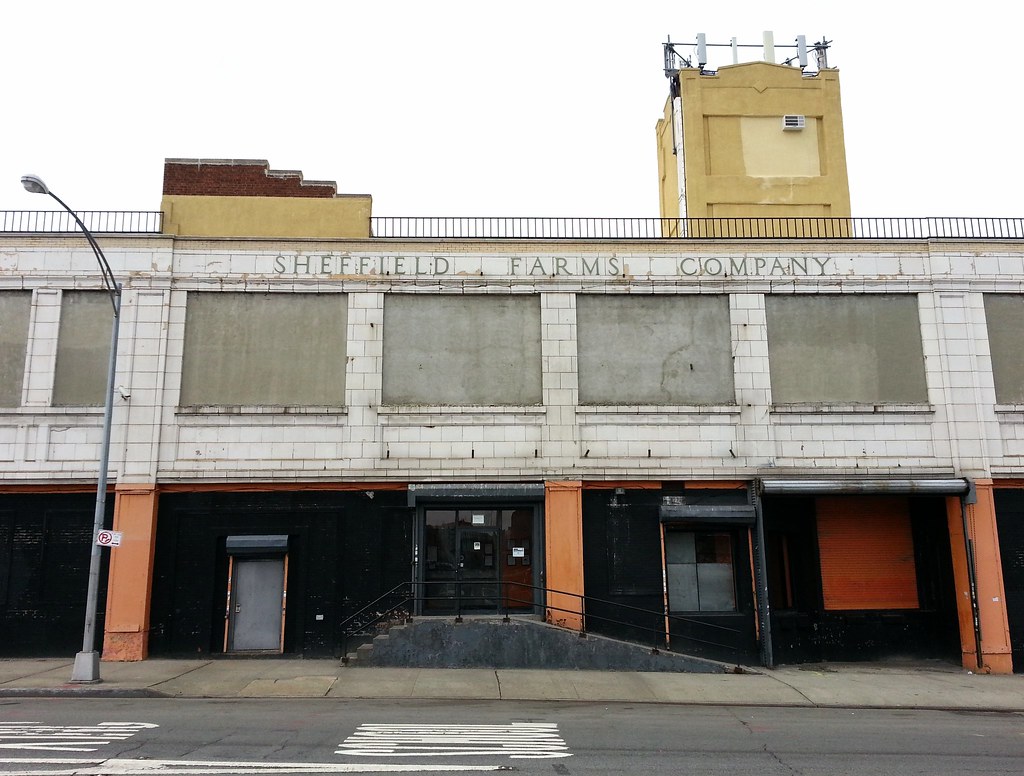
According to the Historic American Engineering Record:
The Sheffield Farms Milk Plant, built in 1914, was one of only two Class I gravity milk plants in the country. As a Class 1 gravity milk plant, it was one of the most expensive and elaborate milk plants built with one of the largest processing capacities (if not the largest).
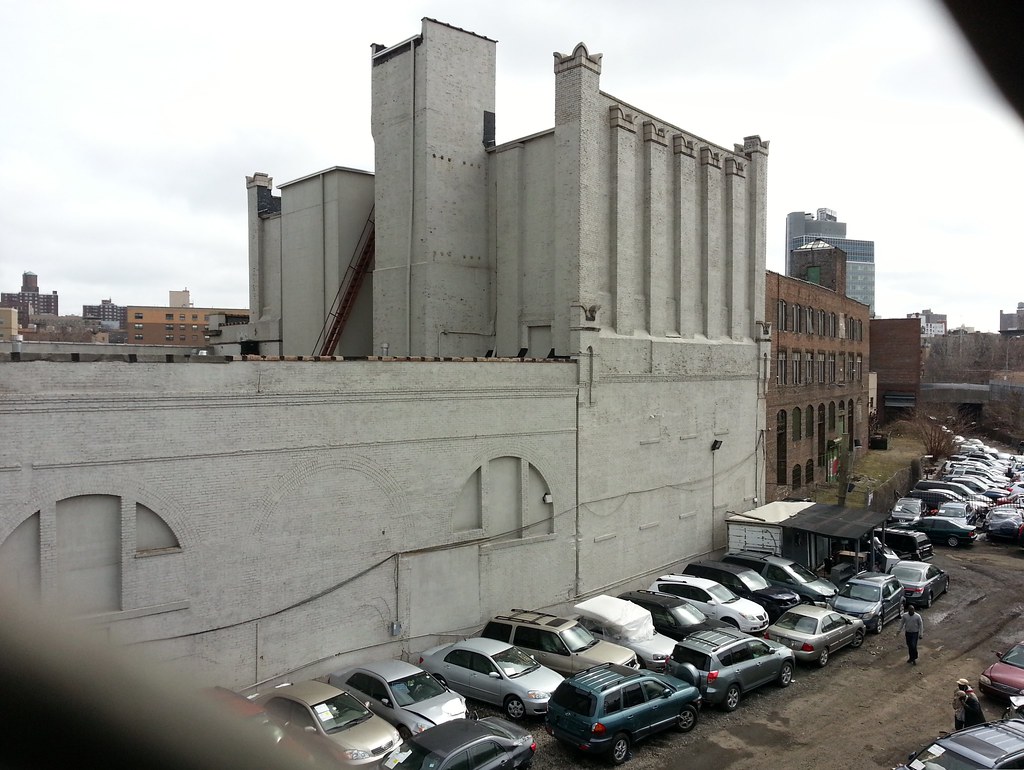
Anheuser-Busch owned an "ice manufacturing plant and cold storage warehouse" on this property in the early 20th century, although I'm not sure if these structures, which are currently filled with self-storage units, were part of that facility or if they were built later on. Either way, they were very likely used by Anheuser-Busch at some point, as the company had a longtime presence on these properties fronting Brook Avenue around 164th Street.

As we were reminded not too long ago at the Organ & Flattery house in Kingsbridge Heights, NYC's police precincts have been renumbered multiple times over the years. We can trace the changes here at the 42nd Precinct just by examining the station's facade. At the top of the first floor is a plaque stating the precinct number when the building was erected: 36. Up on the frieze, you can see that the 36 was at some point changed to a 46, but apparently it wasn't deemed worthwhile to make any further modifications up there when the precinct later acquired its current number, which can be found just above the main entrance.
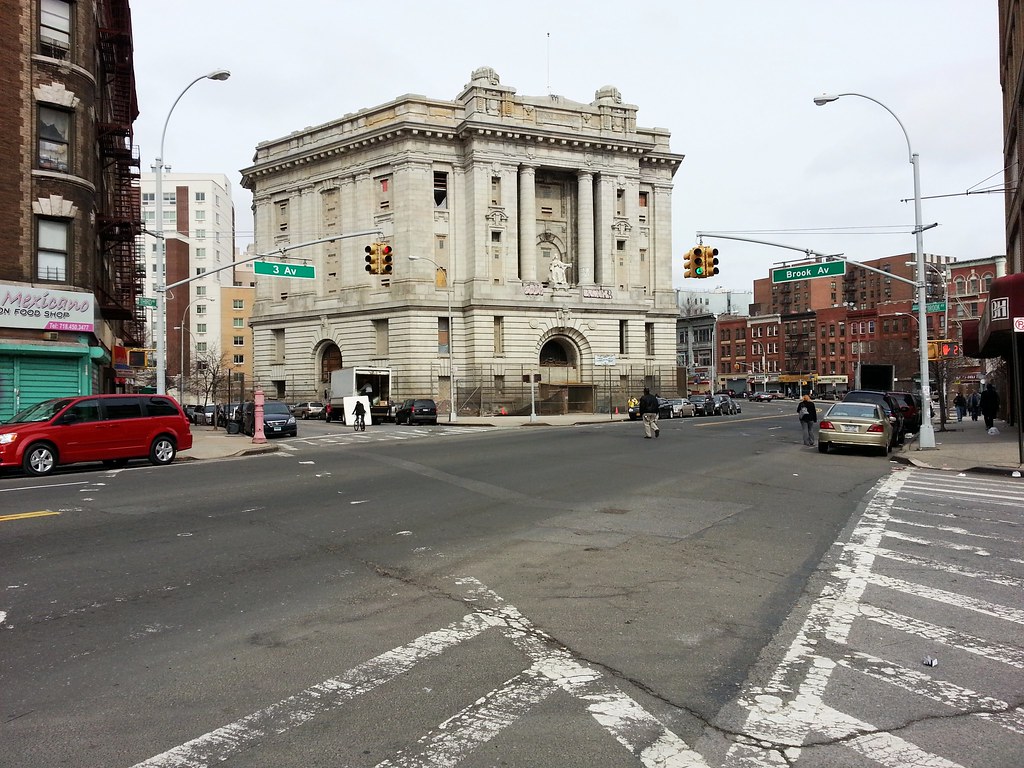
This gorgeous building (closer look) has stood vacant since 1978. There was talk of renovating it and using it as a courthouse again in the late '80s, but nothing came of that. Just a few years ago, it looked like a charter school was going to move in, but those plans seem to have fallen through as well.
The job of designing this courthouse was awarded in 1903 to "a Tammany hack of little knowledge and less repute" by the name of Michael J. Garvin. His original plan was apparently a doozy: the Municipal Art Commission described it as "egregious" and "despicable" before vetoing it. Garvin subsequently hired Oscar Bluemner, an architect and German émigré, to create a new design for him; Garvin then stole all the credit and refused to pay Bluemner, saying: "Ability counts for nothing in politics. If you have the 'pull,' you get the work. I have the 'pull.' " Bluemner sued him and eventually won a portion of what he was owed.
The lengthy litigation and the sleaziness of the whole business left Bluemner so disenchanted that he turned away from architecture, instead focusing his considerable talents on painting. He never achieved much financial success, but his "multifaceted and compelling" creations (you can view some of them here) have stood the test of time. In 2005, the Whitney Museum put on a retrospective of his works, "a thorough reappraisal of Bluemner’s place in the pantheon of key figures of early 20th-century American art."

"The rebirth of the South Bronx isn’t news. But Via Verde is. And it makes as good an argument as any new building in the city for the cultural and civic value of architecture. The profession, or in any case much talk about it, has been fixated for too long on brand-name luxury objects and buildings as sculptures instead of attending to the richer, broader, more urgent vein of public policy and community engagement, in which aesthetics play a part."
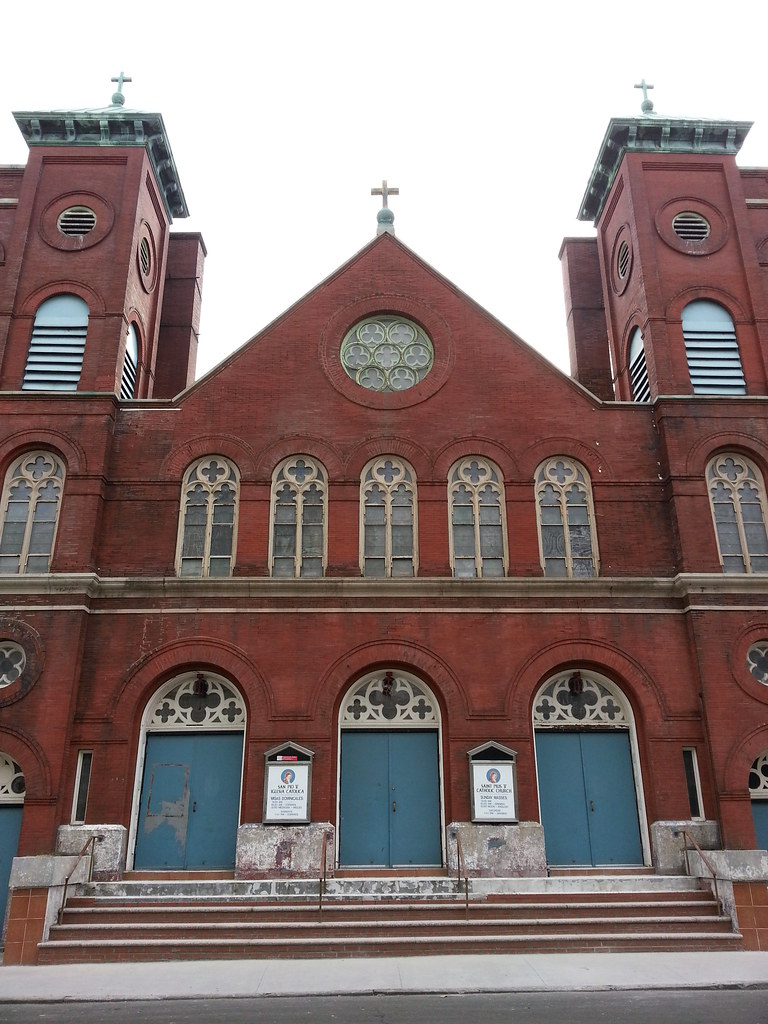
Built in 1906-07. According to the AIA Guide to New York City: "Its strong silhouette suggests a 19th-century utilities building, but in fact this substantial red brick church is an early 20th-century paean to God."

of beautiful St. Mary's Park, overlooking the mysteriously named I Am Park ("There is substantial speculation and very little fact to explain for the origin of the name").

Purchased in the late 1800s, St. Mary's was one of the Bronx's six original parks. It was also home to the borough's first playground, which opened in 1914.
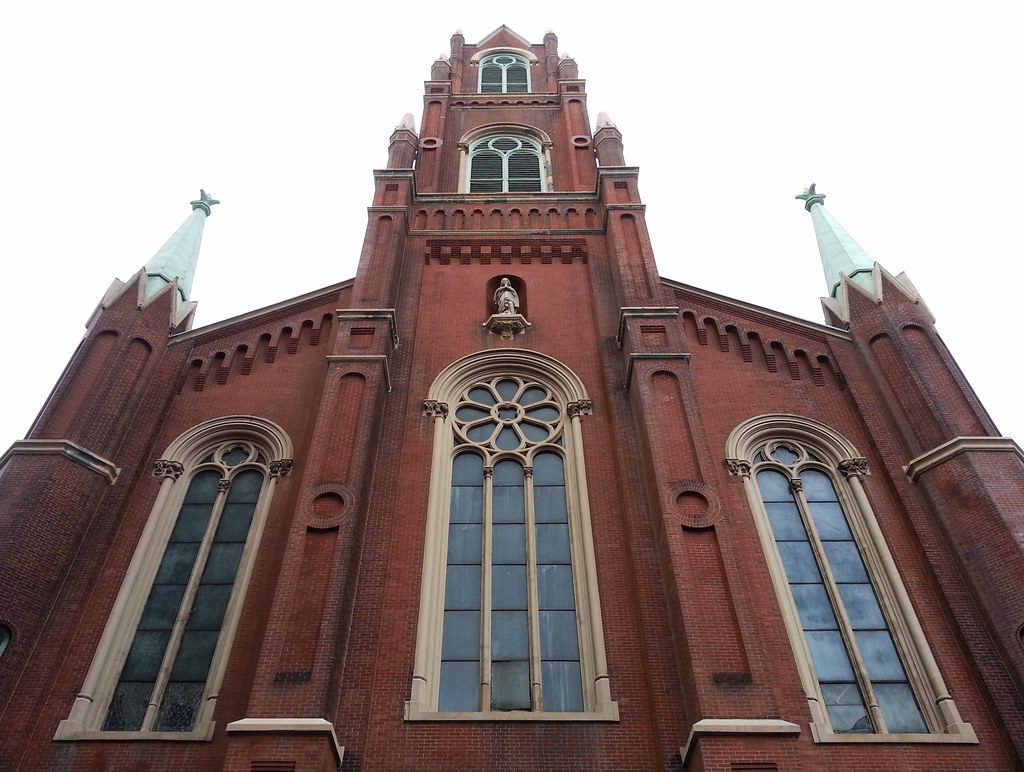
For what it's worth, this is supposedly the highest steeple in the Bronx.
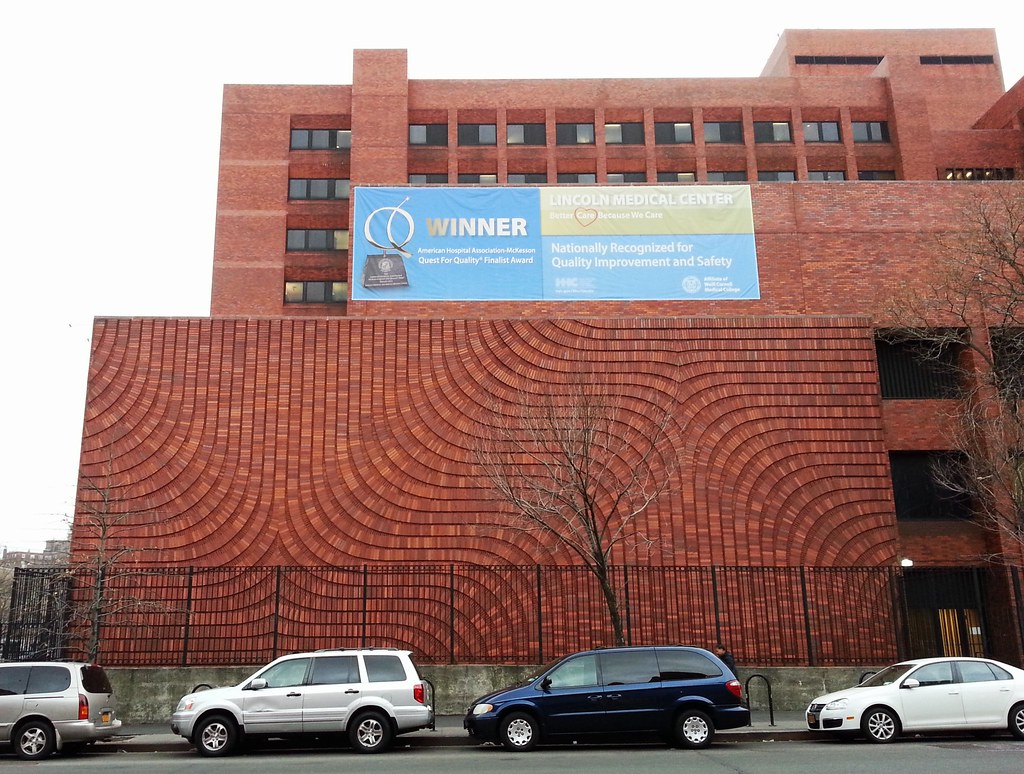
Here's what the AIA Guide to New York City has to say about this massive brick edifice (which contains the third busiest Level 1 trauma center in the entire country):
The brickwork of this up-to-date health care facility is just too much of a good thing. Of an indescribably strident earth color, it aggressively grabs your attention. Nevertheless, the swirled brick bas-relief on the 149th Street side [oddly reminiscent of Sanitation's District No. 6 broom depot] is a handsome addition to the streetscape.

